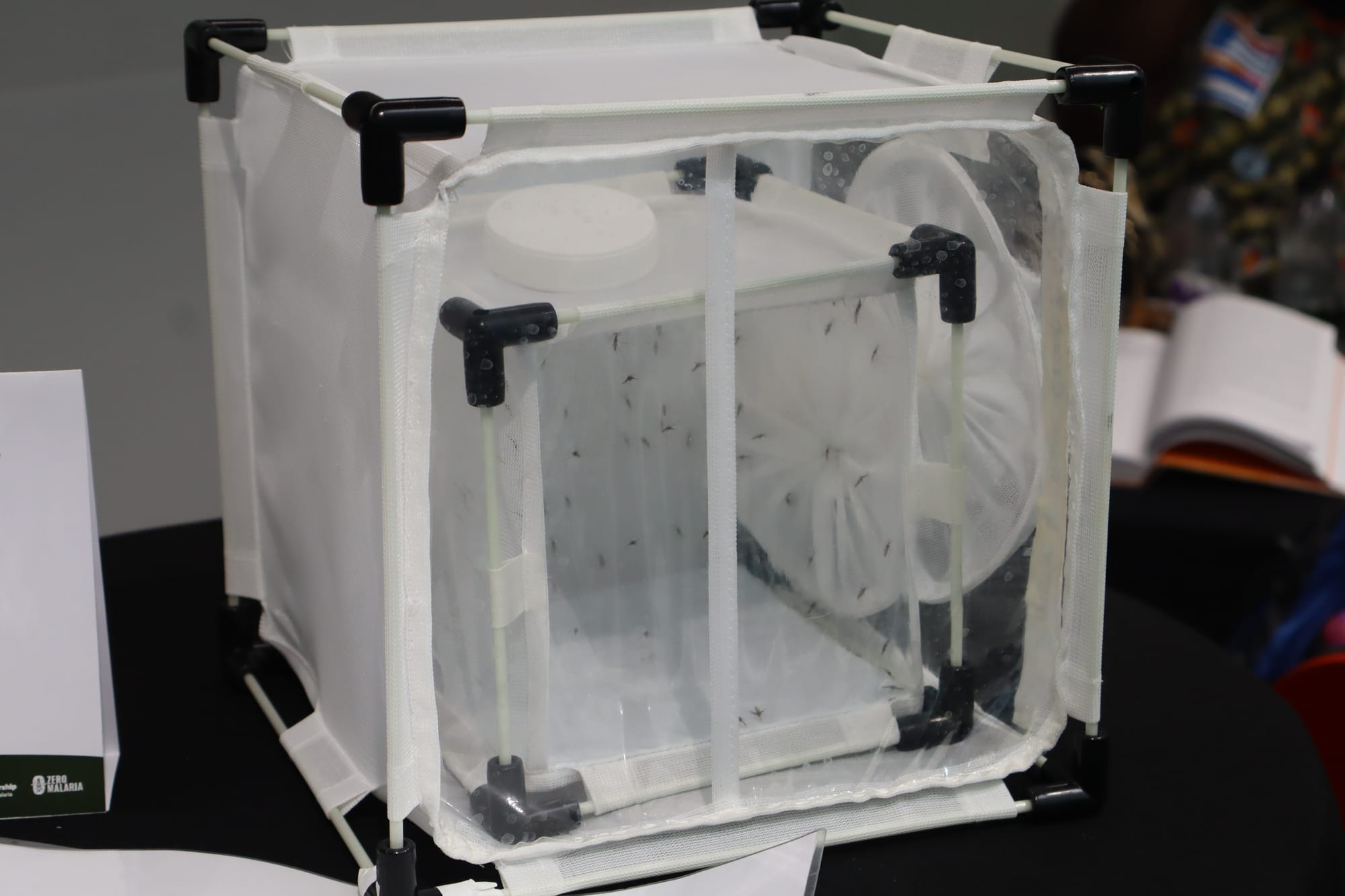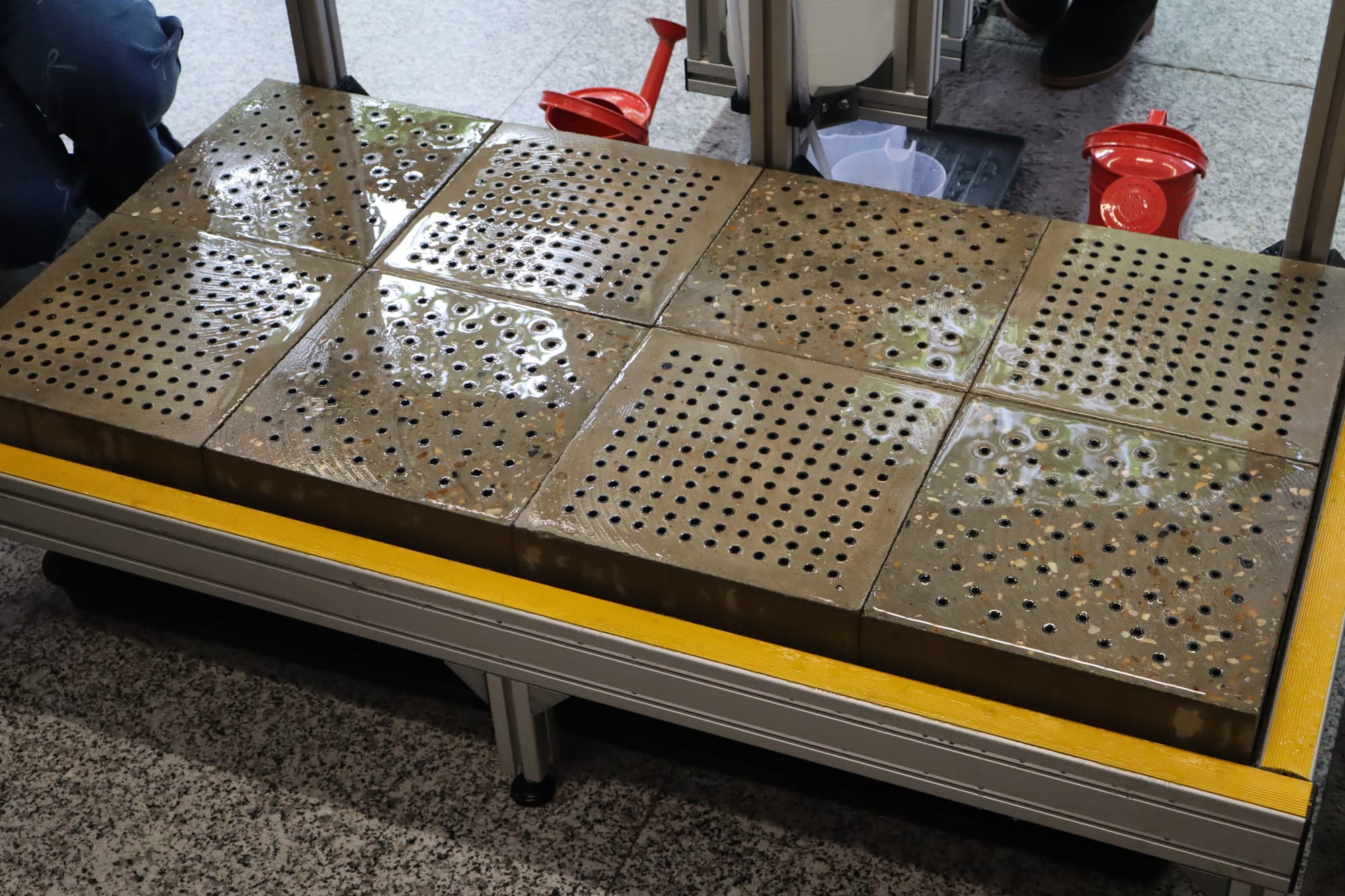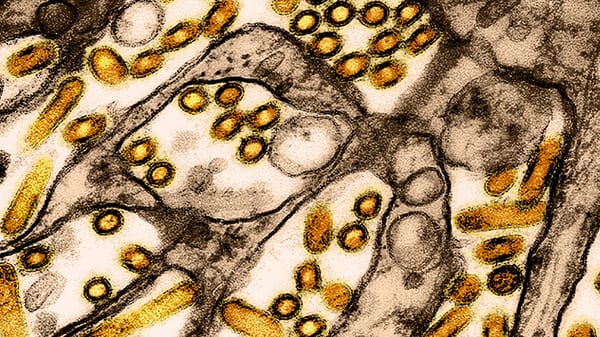From research on plastics to malaria: the Great Exhibition Road Festival returns
Fantastic plastic and CRISPR critters – Felix recaps a selection of scientific endeavours on display at this year’s Great Exhibition Road Festival.
The Great Exhibition Road Festival ran for the 174th time this year. The festival poses a great opportunity for science and research consortiums to present their work to the public, as well as giving children and families the opportunity to explore science and the arts with fun–filled activities. On the vibrant, sunny Sunday (the second running day), we explored the festival for ourselves and interviewed some inspiring researchers about their work and its impact.
Target Malaria

The first stand which caught our eye was the Target Malaria project. Starting as a university–led programme in 2005, Target Malaria is now an international non-profit collaboration which aims to research and utilise new techniques in the field of genetics to fight Malaria in African countries. The consortium currently has partner institutions based in the UK, including Imperial College London, and the University of Oxford, alongside institutions based in the US, Ghana, Burkina Faso, Italy and Uganda.
To better understand the motivations behind the work, and the scale of impact, we spoke to Lamin, a Research Technician here at Imperial, who said:
“Malaria is a tropical disease that is mostly affecting people in Africa. It’s causing a lot of mortality in children aged under five”. He added that each year, “we have about over two hundred million cases of malaria and around 600,000 deaths every year”.
The consortium is looking to develop a new genetic technology, which the team “believe [is] going to help eliminate malaria” and will be “able to reduce the number of cases” across the globe.
He added “the impact is going to be very high and will be able to reduce the number of deaths that we have”, and “if we have this technology in place in collaboration with other existing tools that we already have, we could be able to reduce the number of cases at least by 80 or 90 percent.”
Other methods to control malaria, such as those involving the use of insecticides, ultimately harbour the risk of the mosquito population developing resistance to them. Instead, new genetic technologies can avoid this issue altogether, which is the mission of Target Malaria. They use a method called gene drive, which involves genetically modifying mosquitos via CRISPR/Cas9 technology to hinder their reproduction. The effects of this therapy are then analysed.
We were curious about the impact of the festival in raising awareness about their work. We spoke to Naomi, a Research Postgraduate at Imperial, who said:
“The [Great] Exhibition Road Festival has been an awesome opportunity to tell the public about the research that we’re doing.
“It’s been awesome to see just how engaged everyone is, from little kids to their parents or grandparents, and it’s really inspiring. These are major world issues and increasingly will become issues that everyone should be educated about. It’s great to feel like I’m doing a small part of helping educate people so that we can all make good choices when it comes to medicine and the future of genetic engineering.”
Plastics and concrete
Recycling plastics can be complicated by the different types of plastic and the recommendations regarding the best ways to deal with each of them. According to the UN environment programme, 19–23 million tonnes of plastic annually pollute our water, affecting ecosystems across lakes, rivers and seas.
This stand drew lots of attention from members of the public, with many visitors asking questions such as “where in London does our plastic go once we put it in the recycling?” (Wandsworth) and “how much of the plastic is inevitably recycled?” (the British Plastic Foundation report 37% of all plastic is recycled nationally upon collection).
To learn more, we spoke to Imperial PhD student Molly, who said:
“Our stand is targeting public perceptions of plastic use, plastic consumption, and plastic disposal. We are all chemistry researchers at Imperial and we’re targeting different ways to synthesise and dispose of plastics and what we want is to really make sure that everyone is aware what can and can’t be recycled,
as well as provide some information about bio-based plastics and other new types of plastics that brings hope to the future.”
Also featured was Kiacrete, a specific type of concrete created by Dr Alalea Kia, which has holes in it to allow water to run through and absorb into the ground like a sponge, preventing flooding.

Kiacrete is able to drain an Olympic-sized swimming pool in as little as 60 seconds. It was first successfully deployed in the White City campus for three years and the first permanent site was built this year in Liverpool.
The research team highlighted that Kiacrete can be used for pedestrian footpaths, cycleways, and is even planned to be used on airport taxiways.
While the festival has proven year after year to be a popular day out for families, we equally saw its usefulness in communicating science with the public, and those with scientific backgrounds like ourselves.
As well as aiding with public engagement, the festival gave opportunities to explore new developments outside of our own fields. The festival will be back next year, as it gears up for its 175th birthday.









